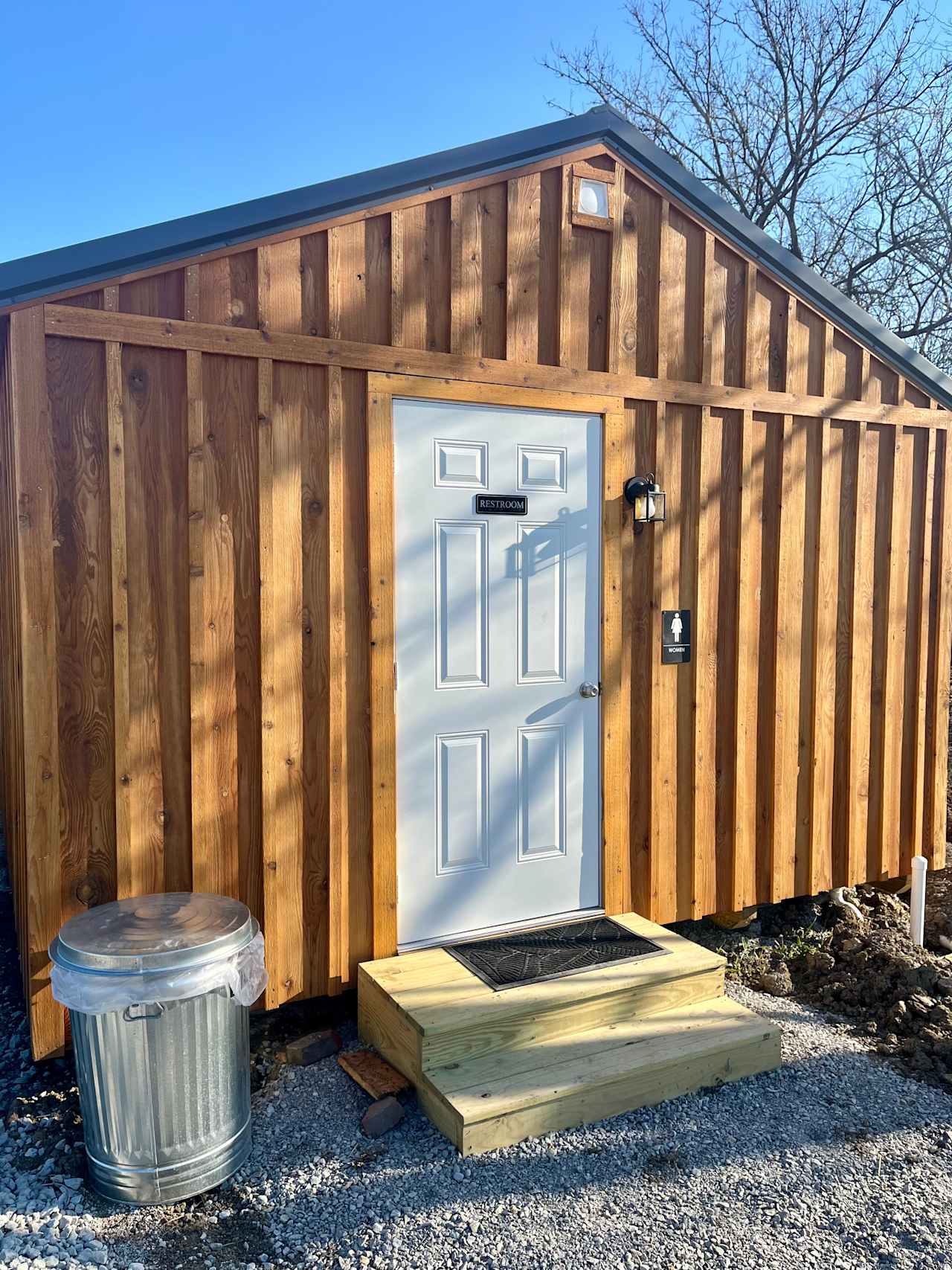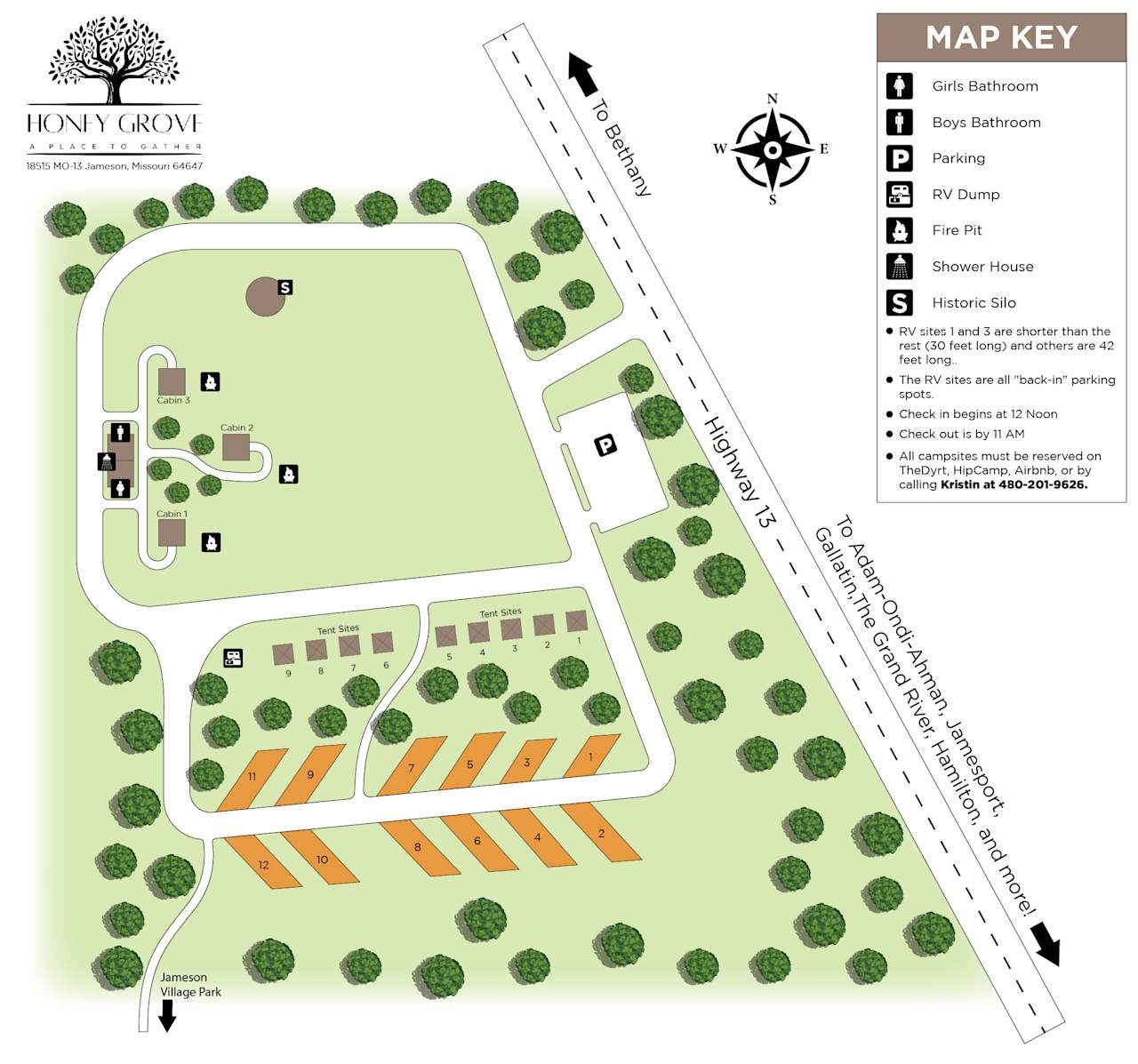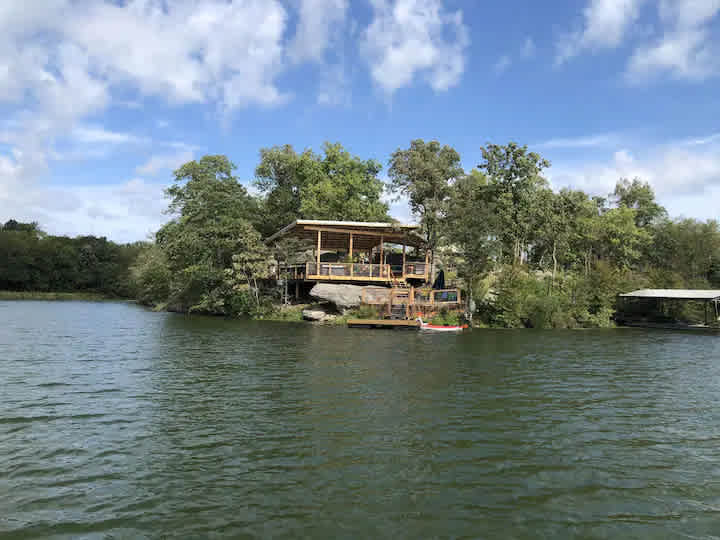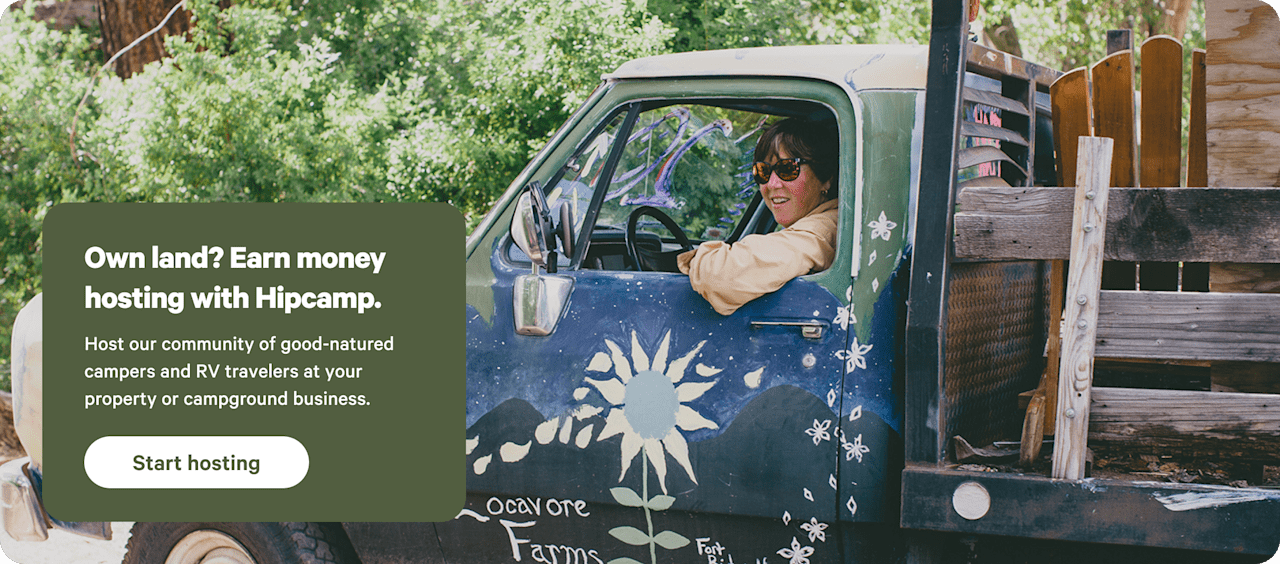Cabins near St Joseph
History buffs will find much to explore in this northern Missouri town.
- St Joseph
Popular camping styles for St Joseph
2 top cabins sites near St Joseph
Honey Grove Campground
SundanceKC Ranch
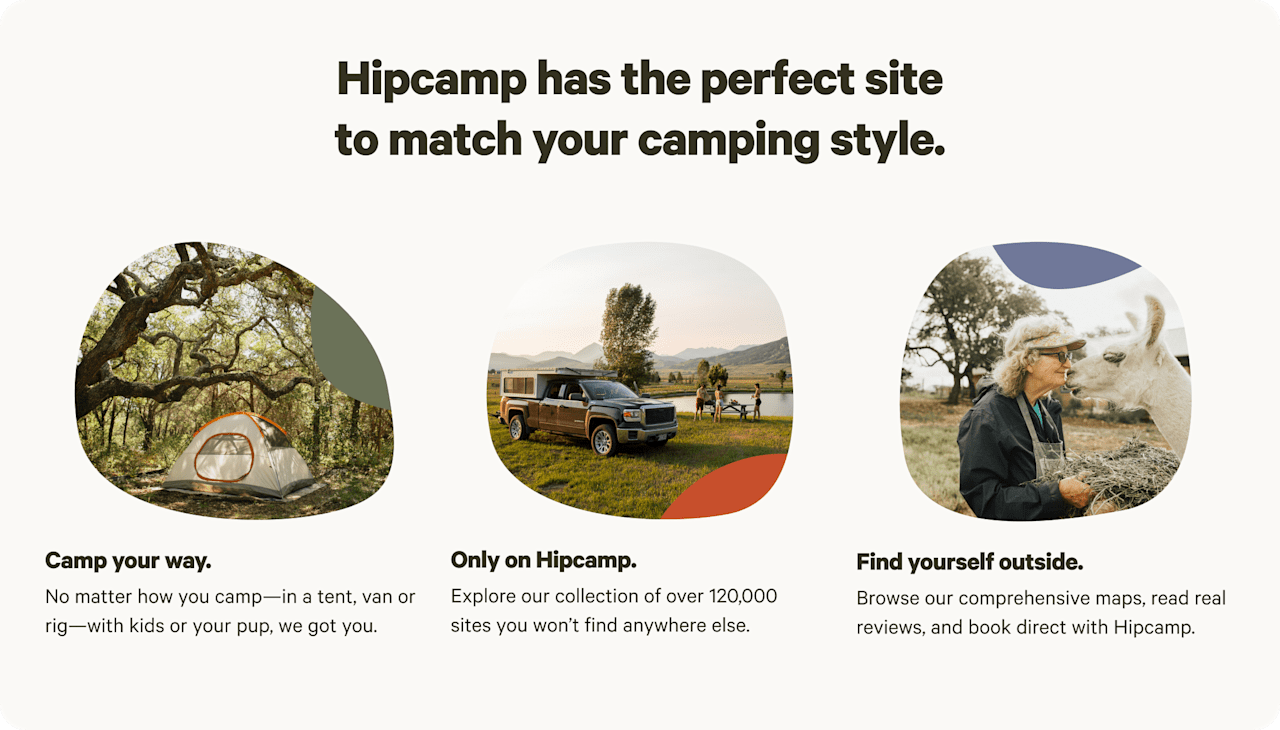

Cabins near St Joseph guide
Overview
Located near the four corners where Iowa, Nebraska, Kansas, and Missouri meet, St. Joseph is a small town that once played a big role in history, notable as the departure point for the Pony Express and the Oregon Trail. Today’s visitors come to town to explore this history and the Victorian architecture of bygone eras. Just outside of town, the Department of Natural Resources operates several campgrounds offering dry camping near town, including the Rochester Falls Access and Happy Holler Conservation Area. Private RV parks abound, offering a full slate of amenities in town and beyond.
Where to go
Lewis and Clark State Park
The closest state park to St. Joseph is Lewis and Clark State Park, named for the explorers who passed through this spot in 1804 on the Corps of Discovery Expedition. The scenic lake that Lewis and Clark admired is now a popular spot for fishing, boating, and paddling. Basic and electric campsites for both tents and RVs can be found.
Big Lake State Park
Around 45 minutes north of St. Joseph, Big Lake State Park is another option for both recreation and camping. The park's 407-acre oxbow lake was formed by the Missouri River; it provides opportunities for fishing, boating, and paddling. The park offers tent and RV camping, with a mix of basic and electric sites. Some offer water views. Camper cabins and a lodge can also be reserved.
Kansas City
Located less than an hour south of St. Joseph, Kansas City is Missouri’s largest city, which has opportunities to explore art, architecture, history, and family attractions. A number of private RV parks are located around the city, primarily in the ring of suburbs. These parks offer a range of amenities, including full hookup sites, onsite activities, pools, and more. Public campgrounds can be found at Watkins Woolen Mill State Historic Site, Weston Bend State Park, and near Blue Springs, which is home to several lakes.
When to go
Spring is the official start of camping season, though the temperatures may take a few weeks to feel springlike in northern Missouri. The weather warms through summer, which can get hot and humid, with temperatures nearing 100°F. For watersports, however, summer is prime time. Winter is generally quite cold, with freezing temperatures and rounds of precipitation, including snow and ice.
